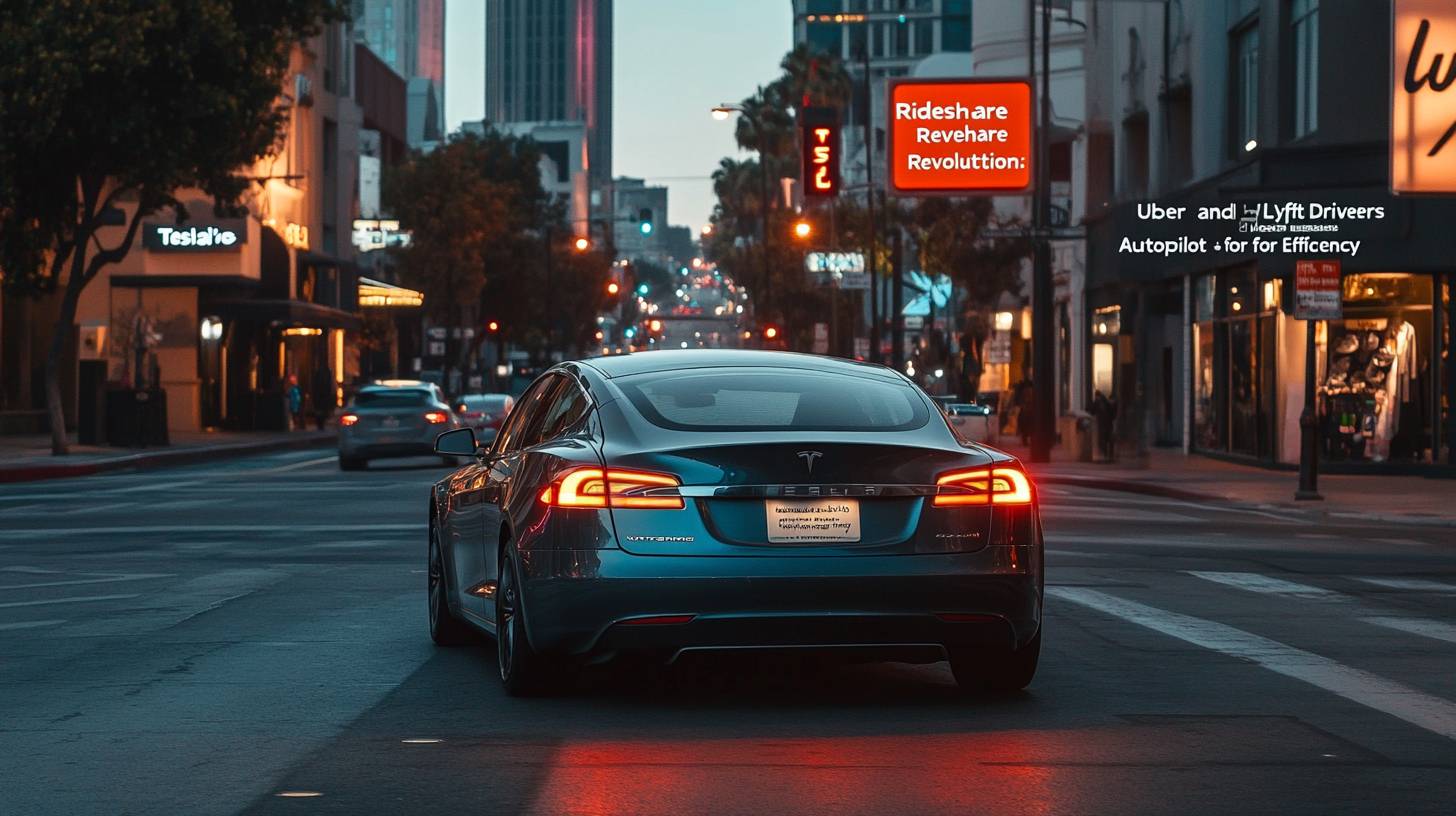
noise and safety issues of robotaxis
In various cities across the U.S., robotaxi operations like Waymo, managed by Google, and Cruise, associated with General Motors, are currently navigating urban streets on their own. Yet, despite the enthusiasm surrounding these advancements, they face notable challenges, especially concerning community acceptance and safety issues.
Residents in San Francisco’s South of Market (SoMa) area have recently expressed concerns regarding the noise from Waymo’s robotaxis. Reports indicate that the vehicles were creating significant noise in a large parking facility during nighttime hours, disrupting the rest of local inhabitants. This scenario underscores the unintended outcomes of autonomous vehicle advancements, which, while intended to enhance urban mobility, may also interfere with the daily routines of those in proximity to these services.
In addition to noise grievances, rising worries regarding passenger safety are surfacing. A viral clip recently emerged, depicting two men taking advantage of Waymo’s pedestrian detection system to confine a woman inside one of its robotaxis while verbally abusing her. This occurrence has sparked concerns about the protective measures available for passengers, particularly in situations where the vehicle’s autonomous capabilities can be exploited by outside individuals.
As these services grow, both community members and regulatory authorities are paying closer attention to the implications of robotaxis on urban settings. While this technology holds the promise of transforming transportation, it is apparent that significant obstacles must be tackled concerning public safety and community acceptance.
scrutiny over tesla’s full self-driving in rideshare services
A recent article by Reuters has raised questions about Tesla’s Full Self-Driving (FSD) technology, especially in relation to rideshare services such as Uber and Lyft. Although Tesla’s FSD is advertised as an advanced autonomous driving solution, its application by rideshare drivers brings forth serious safety and regulatory issues.
The report reveals that numerous rideshare drivers across the U.S. are utilizing Tesla’s FSD to alleviate stress and prolong their working hours, thereby increasing their earnings per shift. However, this practice carries inherent dangers. Unlike specialized robotaxi services like Waymo and Cruise, which adhere to strict regulatory guidelines, Tesla’s FSD-enabled vehicles place passenger safety directly in the driver’s hands. This introduces ambiguity in accountability, particularly when the technology does not function as intended.
One significant event involved a Tesla Uber driver in Las Vegas who was utilizing FSD when his vehicle collided with an SUV at an intersection. The driver, a YouTuber named Justin Yoon, was recorded on in-car footage with his hands off the wheel, only regaining control when the FSD system failed to recognize the SUV. This episode illustrates the limitations of Tesla’s camera dependency for its autonomous driving features, a concern highlighted by experts in the domain.
Phil Koopman, an associate professor at Carnegie Mellon University, emphasized that Tesla’s camera-focused system has considerable weaknesses in detecting specific objects, especially in intricate driving situations. This has raised alarms about the safety of passengers who might not realize that their driver is depending on FSD during their journey.
In Australia, where rideshare services are prevalent in major cities like Sydney and Melbourne, the potential implementation of Tesla’s FSD technology might evoke similar concerns. While Tesla enjoys a robust following in the Australian market due to its appeal to environmentally conscious consumers, the commercial application of FSD may necessitate more stringent regulatory oversight. Australian government bodies and transport agencies would need to evaluate how to reconcile the advantages of autonomous driving technology with the imperative of ensuring passenger safety.
As Tesla strives to advance the limits of autonomous driving, the pressing question remains whether its FSD technology is prepared for widespread deployment in rideshare services. For investors and stakeholders in Australia’s transport sector, this is a critical area to observe, as the regulatory environment and public opinion regarding autonomous vehicles continue to change.

